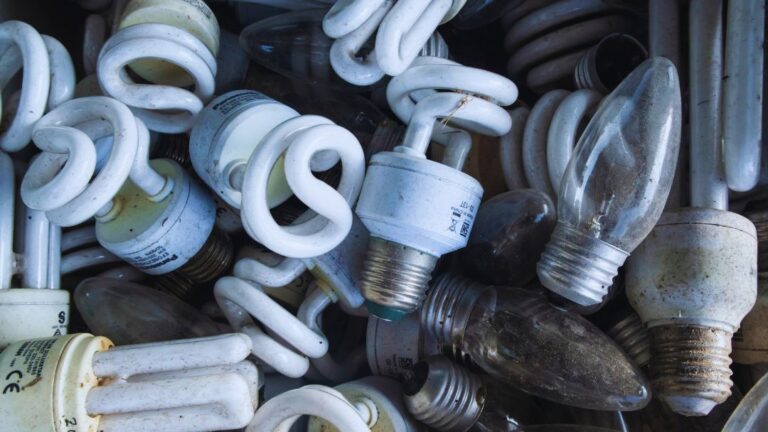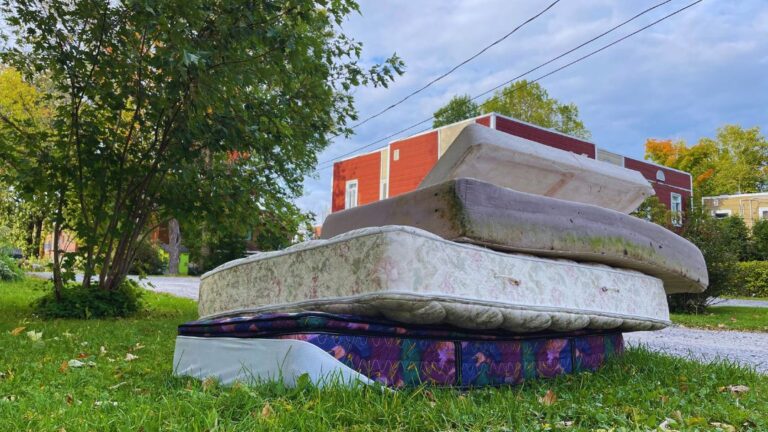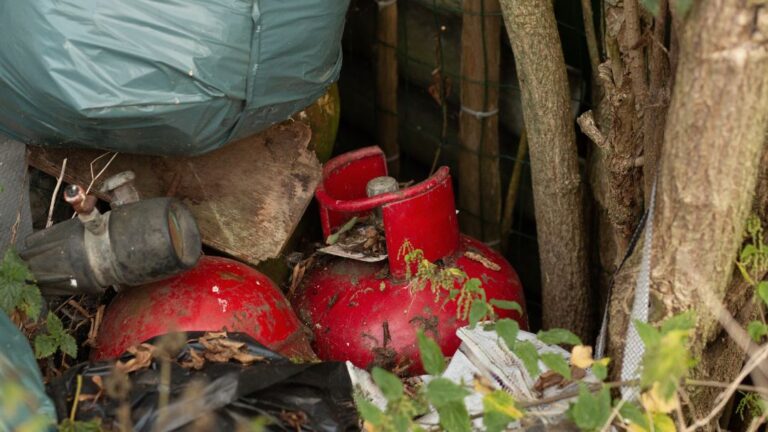Is your business working with clean water… or just assuming it is?
Poor water quality can cause many major problems in manufacturing, lab work, or any process-driven industry.
From damaged equipment to product defects and even regulatory fines, untreated or poorly treated water takes a real toll.
This guide breaks down how activated carbon filtration removes contaminants and improves water quality. You’ll learn how these systems work and how to choose a cost-effective setup that keeps your operations running smoothly.

How Activated Carbon Filtration Functions
Activated carbon filtration removes contaminants from water through a process called adsorption. This mechanism differs significantly from absorption where materials soak up liquids like a sponge.
The carbon adsorption process attracts contaminant molecules to stick on carbon particle surfaces.
The activated carbon material contains millions of microscopic pores that create vast surface areas for pollutant capture.
Carbon filtration relies on physical forces rather than chemical reactions. Van der Waals forces draw organic molecules toward carbon surfaces. Once contact occurs, molecules remain trapped within the pore structure.
Adsorption vs Absorption Comparison
| Process Type | Mechanism | Applications | Reversibility |
| Adsorption | Surface attachment | Gas/liquid purification | Often reversible |
| Absorption | Volume penetration | Liquid absorption | Usually permanent |
| Carbon Adsorption | Pore structure capture | Water treatment | Regeneration possible |
The distinction matters for system design and maintenance. Absorption typically requires material replacement after saturation. Adsorption allows carbon regeneration to restore capacity.
Most industrial facilities benefit from adsorption because spent carbon can be reactivated. This capability reduces long-term operational costs compared to absorption-based systems.
Activated Carbon Pore Size Distribution
The effectiveness of any activated carbon filtration for water depends largely on its pore structure.
Carbon materials contain three distinct pore types that work together to remove different contaminants.
Micropores capture small molecules like chlorine and low molecular weight organics. These tiny pores measure less than 2 nanometers in diameter.
Mesopores trap medium-sized compounds such as industrial chemicals and pesticides. These pores range from 2 to 50 nanometers.
Macropores serve as highways that allow contaminants to reach smaller pores. These large pores exceed 50 nanometers in diameter.
| Pore Type | Size Range | Target Contaminants | Performance Factor |
| Micropores | <2 nm | Gases, small organics | Maximum surface area |
| Mesopores | 2-50 nm | Industrial chemicals | Balanced capacity |
| Macropores | >50 nm | Access pathways | Mass transfer rate |
Manufacturing processes create specific pore distributions for different applications. Steam activation produces more micropores for gas-phase applications. Chemical activation creates balanced pore structures for liquid-phase treatment.

Granular Activated Carbon (GAC) Systems
GAC systems utilize carbon particles that range from 0.2 to 5 millimeters in diameter. These systems excel in continuous flow applications where consistent performance and easy maintenance remain priorities.
The larger particle size allows water to flow through GAC beds with minimal pressure drop. This makes GAC systems ideal for high-flow applications in manufacturing facilities.
GAC beds operate like giant filters that trap contaminants as water passes through. Contact time between water and carbon determines removal efficiency.
Most industrial facilities prefer GAC systems because they handle variable flow rates well. The systems tolerate upset conditions without performance degradation.
| Parameter | Typical Range | Optimal Conditions | Impact on Performance |
| Particle Size | 0.2-5.0 mm | 0.8-2.0 mm | Pressure drop vs efficiency |
| Bed Depth | 3-10 feet | 6-8 feet | Contact time optimization |
| Flow Rate | 2-10 gpm/ft² | 4-6 gpm/ft² | Residence time balance |
| Contact Time | 10-30 minutes | 15-20 minutes | Removal efficiency |
Facilities that handle liquid waste disposal often select GAC systems for their reliability. The technology consistently meets discharge requirements without constant operator attention.
Powdered Activated Carbon (PAC) Applications
PAC systems use incredibly fine carbon particles less than 0.18 millimeters in diameter. The smaller size means faster adsorption and better removal efficiency for certain contaminants.
These systems work great for batch treatment or emergency situations. You can add PAC directly to treatment tanks for quick contaminant removal.
The fine particles create more surface contact with contaminated water. This lets PAC systems achieve high removal efficiency in less time. However, you’ll need to separate the fine particles afterward.
PAC works well for seasonal taste and odor control, emergency spills, and specialized industrial processes. Many water treatment plants use it to remove algae toxins during summer.

PAC vs GAC Performance Comparison
| System Type | Advantages | Limitations | Best Applications |
| PAC | Fast kinetics, high efficiency | Separation required | Emergency response |
| GAC | Easy operation, predictable | Slower kinetics | Continuous treatment |
| Combined | Optimized performance | Higher complexity | Critical applications |
Filter Media Selection Criteria
Different raw materials produce activated carbon with distinct characteristics and performance profiles. The source material affects pore structure, hardness, and chemical compatibility.
Coconut shell carbon offers exceptional hardness and micropore development. This material excels in applications where physical durability matters.
Coal-based carbon provides balanced pore structures suitable for diverse contaminants. The material costs less than coconut shell carbon while it delivers good performance.
Wood-based carbon features large pore volumes ideal for color removal applications. The material works well for treating organic dyes and large molecules. Textile and paper industries commonly select wood-based carbon.
| Carbon Source | Hardness | Pore Distribution | Cost Factor | Typical Applications |
| Coconut Shell | Excellent | Microporous | Premium | Food, pharmaceutical |
| Coal-based | Good | Balanced | Standard | Industrial treatment |
| Wood-based | Fair | Macroporous | Economy | Color removal |
| Petroleum-based | Excellent | Dense structure | High | Harsh environments |
Facilities with carbon filtration system requirements must match carbon properties to their specific contaminants. Wrong carbon selection leads to poor performance and higher costs.
Industrial Application Case Studies
Manufacturing facilities across industries use activated carbon filtration for process water treatment and wastewater management. Real examples show how versatile and effective this technology really is.
A major aerospace manufacturer installed GAC systems to treat degreaser-contaminated rinse water. They cut disposal costs by 65% while meeting discharge requirements. The system even made water recycling possible.
The system handles 10,000 gallons daily of contaminated rinse water. They replace the carbon every six months based on water quality tests. Annual savings hit $180,000 in disposal costs alone.
| Industry Sector | Primary Contaminants | System Type | Results Achieved |
| Aerospace | Solvents, degreasers | GAC regeneration | 95% removal, $180K savings |
| Pharmaceutical | Organics, chlorine | Multi-stage GAC | 99.9% purity, compliance |
| Electronics | Trace organics | PAC polishing | <1 ppb detection |
| Chemical | Mixed organics | Hybrid system | 90% cost reduction |
Companies that process hazardous waste often require specialized carbon systems. These applications demand careful carbon selection and disposal procedures.
System Design Configuration Options
Modern activated carbon filtration systems offer flexible configurations to match your industrial needs and space limits. Your design choices directly impact performance, cost, and maintenance.
Single-stage systems run water through one carbon bed for direct contaminant removal. They work great when your contaminants have similar characteristics and keep installation costs reasonable.
Multi-stage systems use multiple carbon beds in series for higher removal efficiency. The first stage tackles heavy contamination while later stages provide final cleanup.
Parallel bed setups let you operate continuously during carbon replacement. One bed treats water while you service the other, eliminating downtime during maintenance.
| Configuration | Capital Cost | Operating Cost | Maintenance | Best Applications |
| Single Stage | Low | Moderate | Simple | Basic treatment |
| Multi-Stage | High | Low | Complex | High efficiency |
| Parallel Beds | Moderate | Moderate | Flexible | Continuous operation |
| Hybrid Design | High | Variable | Specialized | Complex contaminants |

Performance Monitoring Methods
Successful activated carbon filtration requires systematic performance monitoring to maintain optimal results throughout the system lifecycle. Regular monitoring prevents breakthrough conditions and optimizes replacement schedules.
| Parameter | Measurement Method | Normal Range | Action Required |
| Effluent Quality | Laboratory analysis | <5% of influent | Carbon replacement |
| Pressure Drop | Differential gauge | <2 psi increase | Bed inspection |
| Flow Rate | Magnetic flowmeter | Design ±15% | Pump adjustment |
| pH Level | Continuous probe | 6.5-8.5 units | Process investigation |
Facilities with waste recycling programs often extend carbon life through source reduction. Lower contaminant loads reduce carbon consumption and extend replacement intervals.
Economic Analysis Framework
Activated carbon filtration systems need significant upfront investment but deliver substantial long-term savings through better water quality and lower disposal costs.
The payback makes the initial expense worthwhile for most facilities.
Capital costs cover carbon vessels, media, pumps, controls, and installation. Most industrial setups range from $50,000 to $500,000 depending on size and features.
Carbon media is your biggest ongoing expense. Virgin carbon runs $2 to $8 per pound, but regenerated carbon cuts costs by 40-60% when available.
Labor for monitoring and maintenance typically costs $500 to $3,000 monthly. Automated systems slash labor needs while improving consistency and performance.
| Cost Component | Initial Investment | Annual Operating | 10-Year Total | Percentage |
| Equipment | $200,000 | $10,000 | $300,000 | 45% |
| Carbon Media | $15,000 | $35,000 | $365,000 | 55% |
| Labor | $0 | $18,000 | $180,000 | 27% |
| Utilities | $5,000 | $8,000 | $85,000 | 13% |

Safety Protocol Requirements
Activated carbon filtration helps businesses meet strict environmental regulations and demonstrates corporate environmental responsibility. Regulatory compliance becomes increasingly critical as discharge limits tighten.
Facilities handling RCRA hazardous waste must treat contaminated water to remove listed compounds before discharge. Carbon systems effectively remove most organic compounds regulated under RCRA.
| Safety Area | Required Measures | Frequency | Responsible Party |
| Respiratory Protection | NIOSH-approved equipment | During carbon handling | Operations staff |
| Confined Space | Permit-required entry | Vessel maintenance | Safety coordinator |
| Emergency Response | Trained response team | Monthly drills | All personnel |
| Fire Prevention | Ignition source control | Continuous | Facility management |
Facilities with NEMA explosion-proof requirements must ensure all electrical equipment meets appropriate safety standards. Carbon handling areas require special consideration for explosion prevention.
Technology Advancement Impact
The activated carbon filtration industry continues to develop new technologies that improve performance, reduce costs, and expand application possibilities.
Artificial intelligence applications optimize carbon replacement schedules and predict system performance. Machine learning algorithms analyze historical data to improve operational efficiency.
Early adopters report significant cost savings and performance improvements.
| Technology Type | Performance Gain | Cost Impact | Implementation Timeline |
| Engineered Carbon | 20-50% improvement | 15-30% premium | Available now |
| Smart Monitoring | 10-25% efficiency | 5-15% increase | 2-3 years |
| Hybrid Systems | 30-60% enhancement | 25-40% premium | Available now |
| AI Optimization | 15-35% improvement | Variable | 3-5 years |
Maintenance Schedule Framework
| Maintenance Task | Frequency | Duration | Critical Success Factors |
| Carbon Replacement | 6-18 months | 1-2 days | Quality media, proper loading |
| Vessel Inspection | Annual | 4-8 hours | Coating condition, structure |
| System Backwash | Weekly-Monthly | 2-4 hours | Flow rate, duration control |
| Performance Testing | Monthly | 2-4 hours | Sample collection, analysis |
Companies with non-hazardous waste streams often achieve longer carbon life through proper maintenance.
Key Takeaways for Business Leaders
Activated carbon filtration provides reliable, cost-effective water treatment for diverse industrial applications. Proper system selection and operation deliver significant benefits that justify the investment.
System design must match carbon type and configuration to your specific contaminant removal needs. Wrong selections lead to poor performance and higher costs.
Modern carbon filtration technology keeps advancing with new materials and monitoring systems. Early adopters gain competitive advantages through better efficiency and lower costs.
Many businesses benefit from comprehensive waste management approaches that include household hazardous waste disposal and proper garbage disposal practices.

Trust CTI-SSI For Professional Water Treatment Solutions
CTI-SSI brings more than 25 years of experience in the management of hazardous wastes and compliance with environmental laws.
From waste assessment to final disposal, CTI-SSI controls the entire process while strictly complying with federal and state laws.
Our specialist services help businesses reduce costs, increase safety, and keep their communities safe from hazardous material.
Get in touch with CTI-SSI today to discuss hazardous waste management needs and how your business benefits from professional services.




